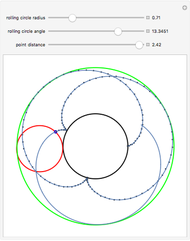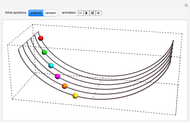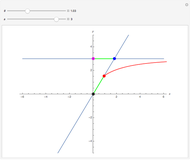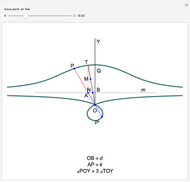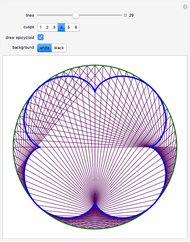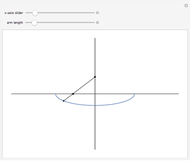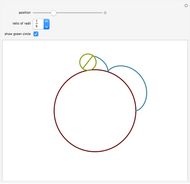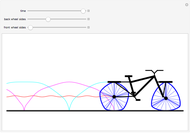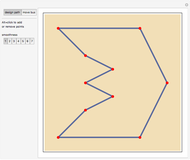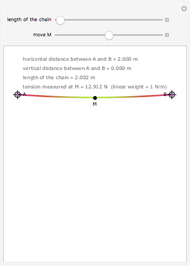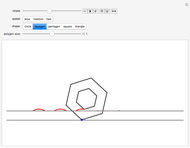Aristotle's Wheel Paradox

Requires a Wolfram Notebook System
Interact on desktop, mobile and cloud with the free Wolfram Player or other Wolfram Language products.
This Demonstration shows Aristotle's wheel paradox. Although the concentric circles have differing diameters, the parallel straight lines produced by rolling are of equal length, suggesting that the circles have equal circumferences. This is, however, an illusion, since the smaller circle is being dragged as it rolls, causing it to slide in order to compensate for the larger distance traced by the larger circle.
[more]
Contributed by: Russell Chiang and Geffen Cooper (March 2018)
Open content licensed under CC BY-NC-SA
Snapshots
Details
This was a project for Advanced Topics in Mathematics II, 2017–2018, Torrey Pines High School, San Diego, CA.
Permanent Citation
"Aristotle's Wheel Paradox"
http://demonstrations.wolfram.com/AristotlesWheelParadox/
Wolfram Demonstrations Project
Published: March 29 2018






